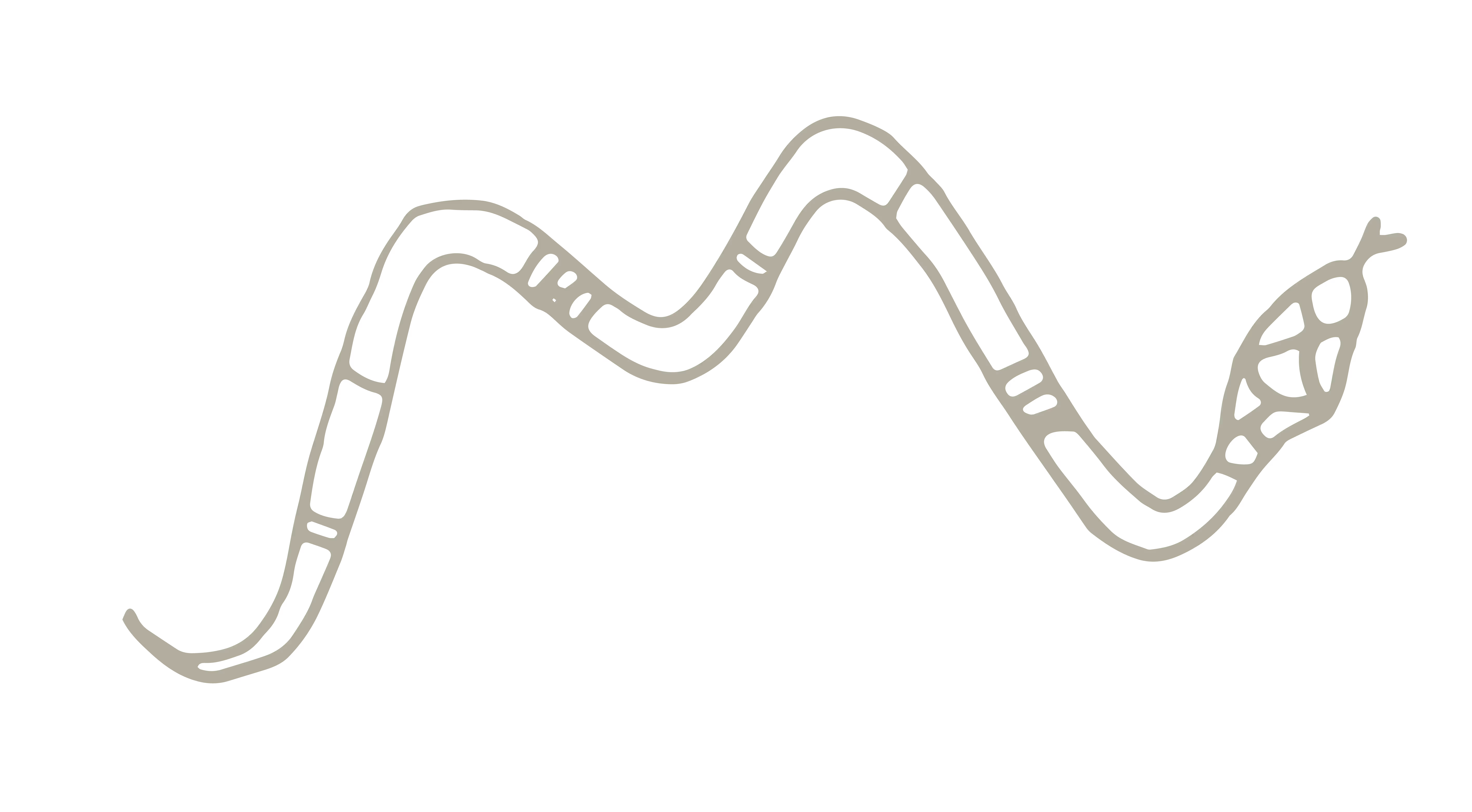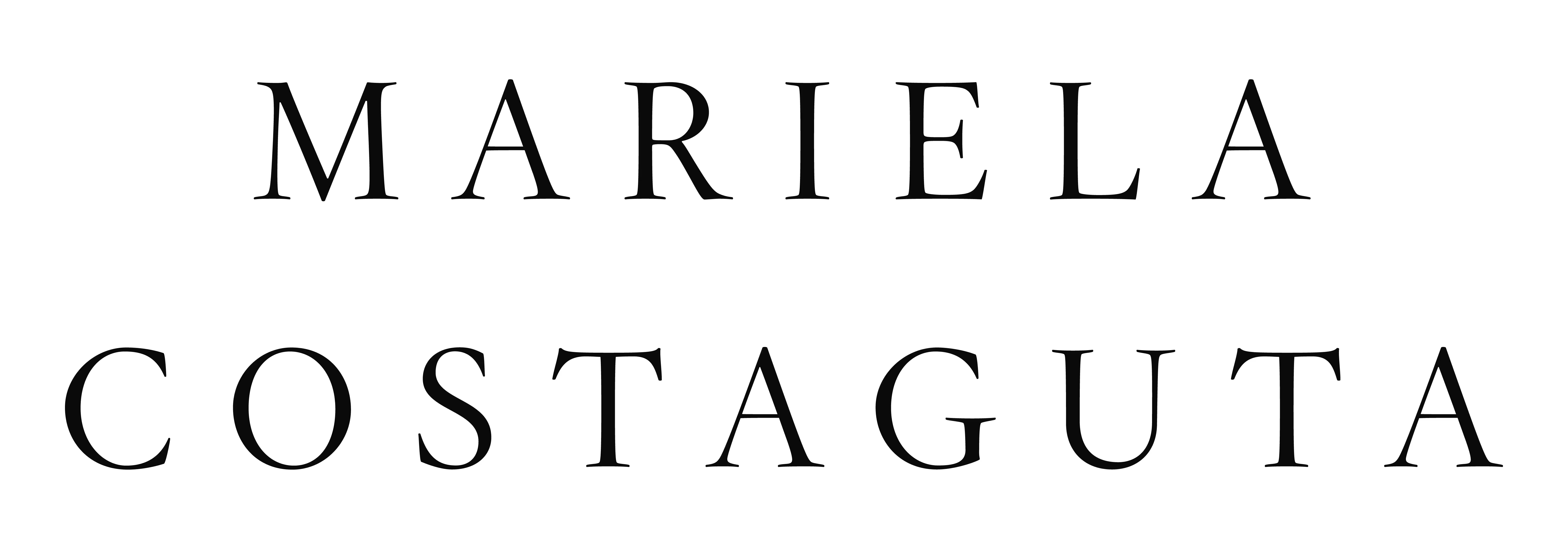


TRADITIONAL CHINESE MEDICINE
Homeopathy is an alternative treatment system developed in the late 18th century by the German physician and chemist Samuel Hahnemann. At that time, medical treatments were invasive and often harmful, which motivated Hahnemann to seek safer healing methods. Thus, he formulated his famous principle "like cures like", according to which a substance that causes symptoms in a healthy person can, in very diluted doses, treat similar symptoms in a sick person.

One of the most debated aspects of homeopathy is its foundation in the vibrational and its possible connection with electromagnetism. Although the concept of "water memory" lacks scientific consensus, homeopathic theory suggests that, by diluting a substance, its "vibrational frequency" is activated in the medium. This idea may seem abstract, but science has shown that electromagnetic fields (such as radio waves and light) are, in essence, vibrations of specific frequencies that propagate in space and can interact with living organisms in subtle ways.
There are fascinating examples in nature that illustrate how living systems can capture and respond to electromagnetic and vibrational frequencies:
Homeopathy, beyond its debates, presents a vision of health that focuses on energetic balance, a concept that, although difficult to scientifically demonstrate, resonates with the electromagnetic and vibrational functioning of nature. The interaction between these fields shows that there is much to learn about the therapeutic potential of subtle energies and how these could, in the future, be more deeply integrated into the understanding of health and well-being.
This approach synthesizes the fundamentals of homeopathy and suggests that electromagnetic and vibrational phenomena in nature could offer clues about the potential of these practices in human health.